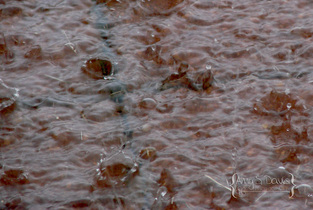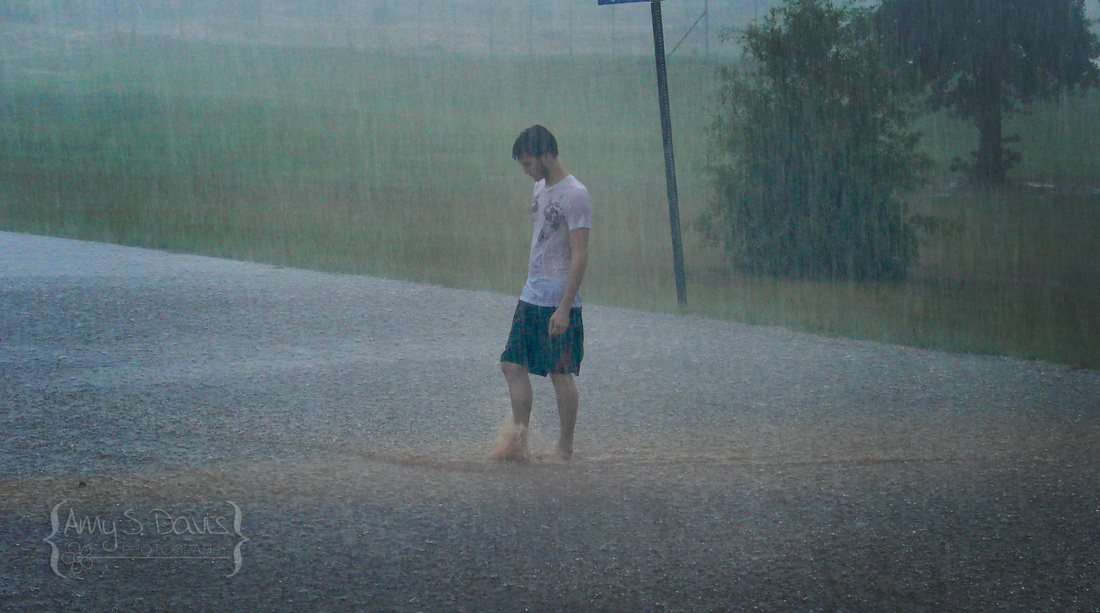The rain provides photographers an opportunity to let their creativity run wild and capture some of the most stunning pictures. Many professionals consider photography in the rain to be a form of fine art photography as it requires skill and patience to capture remarkable images.

Taking photos in the rain can be a bit tricky. Images can come out blurred if certain photography techniques are not used. To get great looking photographs in the rain, follow the tips mentioned below.
Adjust Shutter SpeedIn the rain, the DSLR camera’s shutter speed needs to be fairly increased in order to prevent the images from becoming blurry. Depending on the intensity of rain, the shutter speed should be at least 1/250 or higher. Sometimes that can be hard to achieve and get a well exposed photo, but that is the fun of photographing in the rain. Sometimes you get moody darker photos. It really all depends on what you want to photograph.
ApertureSet the camera to use the aperture priority mode. Under this mode, the pictures will come out in more depth and with clearer light. Ideally, a wide camera aperture (f/4 or f/1.4) should be used when taking photos in the rain.
Macro ModeTurning on the macro mode on the DSLR camera is a great way to get interesting and captivating photos while it’s raining. This mode is ideal if close-up photographs are going to be taken. For example, taking a photo of a blade of grass with water droplets in macro mode will bring out sharper and clearer color. Make sure that the background is blurred out so that the viewer focuses on the object you captured.
When photographing in the rain, it is equally important to protect camera equipment as you would protect yourself. Camera equipment is very sensitive. Although a few droplets of water will not do any harm, prolonged exposure under the rain without any protection can damage the camera.
Below are a few tips that can help protect the camera when photographing in the rain.
Change Lenses under Shelter-
Changing the lens while under the rain can cause water to seep into the camera housing and cause damage. When the camera lens needs to be changed, look for shelter. This way, the camera is protected and you get a moment to dry your hair.
Wear a Raincoat-
Place the camera under your raincoat whenever you are moving around to find a photo location or if the camera is not in use.
Waterproof Casing-
If you plan on taking photographs in the rain, purchasing waterproof housing for the camera is essential. The housing will stop any water from seeping into the camera. It will also help to somewhat improve picture quality as the lens will be under the casing. A simple wipe to the lens area of the casing with a dry cloth will help bring out clearer images.
Lens Shade-
Typically a Lens shade is used to prevent glare and sunlight from affecting image quality. These shades can also be used to keep rain off the camera lens so that you can capture blur-free pictures in the rain.
Digital photography in the rain maybe a little tricky but the quality and creativity of the images are well worth the trouble.
http://www.thephotoargus.com/tips/great-tips-for-shooting-in-the-rain/
http://electronics.howstuffworks.com/how-to-capture-rain-in-photography2.htm
http://www.cambridgeincolour.com/tutorials/camera-exposure.htm




 RSS Feed
RSS Feed
